Winter is Coming – Frost Preparedness
It may still be warm outside, but that doesn’t mean winter is not going to come bite us in the bud. Frost is coming and it will hit your garden hard if you aren’t prepared.
Be sure to find your first frost date and prep your garden for winter.
What is Frost?
Frost is when the dew you see on your garden turns into ice crystals. This happens when the temperature drops down to 32° F or lower.
Even a light frost can end your garden for the season. This happens when temperatures are between 29-32°. When frost hits a garden that hasn’t been properly prepared, you can say goodbye to heat-loving plants.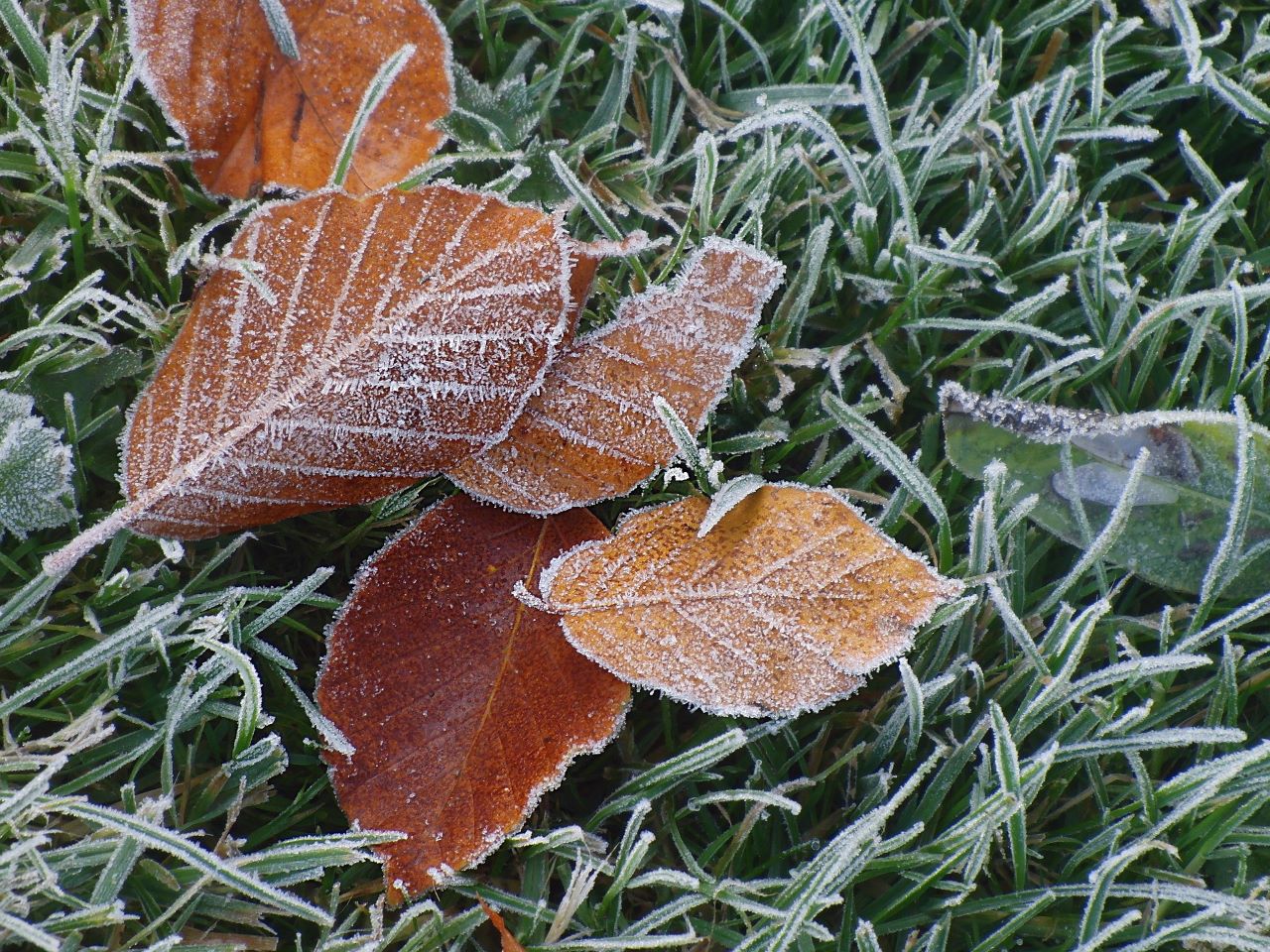
Find your Frost Date.
The easiest way to find your frost date is to type in your zip code into this frost date calculator.
This calculator gives you an idea on when frost will hit first and when you can expect temperatures above freezing in the spring. The percentages on top of the chart explain that you have that much of a chance of having frost for that date. For example, in the Fall 32° row, if you have the date Oct 14 under the 50 percent column, you have a 50 percent chance of 32° on October 14th.
What does this mean for your garden?
Once you know your frost date, it’s time to prepare your garden to preserve what you can.
Prepare. Often times, first frosts are light and followed by some sunshiny days before everything freezes over for good. Cover crops with a blanket or cloth material to keep them warm during this period. Try to avoid plastic as it can freeze and crack. You can also try to hose off your garden first thing in the morning to get any of the excess ice crystals off and warm your plants back up.
Harvest. Remember to harvest as your vegetables continue to ripen. You don’t have to make a mad dash to get all of your vegetables inside, but keep an eye on them. If they stop producing or if a harsh frost is coming, harvest any vegetables on your plants and let them ripen inside. Frost will damage the delicate tissue of fruits and veggies like tomatoes.
Wait. For winter vegetables, such as some squash, pumpkins, and cabbage families, you can wait until after the frost. In fact, some root crops actually have improved flavor after the frost. Check your seed packet or with your local garden center to check which vegetables you can keep outside during a frost.
Feed. Lawns will stop growing when it gets colder. This is great news for you – no more mowing! Give them a fresh dose of Espoma’s Fall Winterizer Lawn Fertilizer to help it withstand the winter’s harsh cold.
When the hard frosts are on the way, it is time to put your garden to bed for the winter.
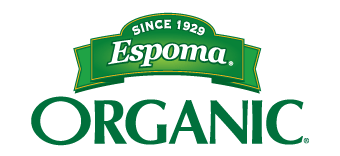
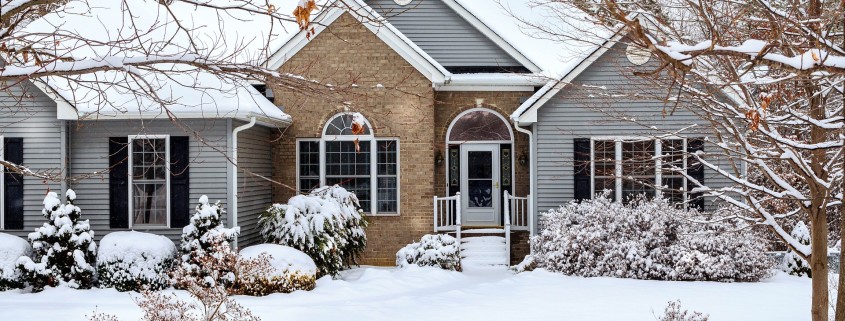
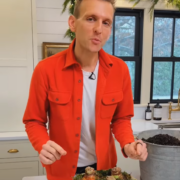
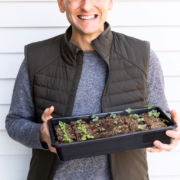
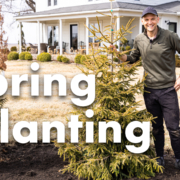

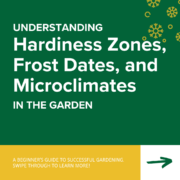
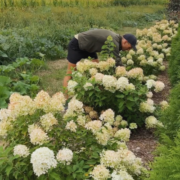
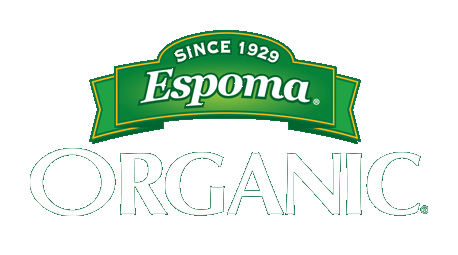


Trackbacks & Pingbacks
[…] is a seasonal project, so before winter comes find a new home for the plants, either in a greenhouse or indoors, in order to preserve […]
[…] is a seasonal project, so before winter comes find a new home for the plants, either in a greenhouse or indoors, in order to preserve […]
Comments are closed.